Luanda — The survivors of the “4th February” have been demanding more investment in the retrieval and maintenance of the structure of the 4th February Historical Landmark placed in the municipality of Cazenga, in Luanda, due to its importance in the country’s history.
In an exclusive interview with ANGOP, the group of 10 nationalists who are still alive, out of the 250 who participated in the action of 4th February 1961, stresses that the transmission of knowledge from generation to generation deserves everyone’s attention.
According to Pedro José Van-Dúnem, the decline of this historical infrastructure (4th February Historical Landmark) has worried the members of the survivors’ association, who stressed that they have already contacted the different entities to discuss the matter, but without success.
“We have already written; we have done everything and we do not know who is managing the Historical Landmark. It does not exist only by word of mouth, but it has a very great historical significance for us”, he stressed.
In turn, fellow nationalist Amadeu Francisco Martins “Calunda” said that the local represents the beginning of a story whose protagonists effectively developed towards revolution and independence and, therefore, had to be treated in a special way.
“I was there three months before the attack, there was a house behind it, where the queen was stuck”, he said.
The place symbolizes the beginning of the armed struggle for national liberation, having been launched in September 2005.
Its structure is 24 meters high, and is made up of two six-meter monuments that represent commanders Paiva Domingos da Silva and Imperial Santana, among others.
Disclosure of the events that mark the beginning of the armed struggle
The survivors of “February 4” advocated greater dissemination of the history of the beginning of the armed struggle for national liberation, as a way of bringing knowledge to the new generation.
Pedro José Vand-Dúnem said that knowledge about the beginning of the Angolan armed struggle was not disseminated accurately, something that saddened the survivors of February 4.
“This should be a problem of primary education, in public and private schools,” he stressed.
“While we are alive and breathing, this is the time to take advantage and work with these nationalists to immortalize history, since, of the hundreds of combatants who took part in this struggle, there are currently only 10 people left. In a few years, everything could already be over,” he argued.
For him, the beginning of the armed struggle for national liberation was the best demonstration of patriotism, having cost the lives of many Angolans.
“Great experts in history say that people who do not look at, do not obey, do not know or deal with history, end up losing their sense of the essence of life. This history was created with sacrifices and many people died,” he added.
On February 4, Angolans celebrates 64 years since the beginning of the armed struggle for national liberation, which resulted in the proclamation of Angola’s independence on November 11, 1975.
For Angolans, it is a date of great importance and reflection, as it symbolizes a historic moment for the country.
On February 4, 1961, a group of fearless Angolans rose up against the colonialist regime.
Starting with attacks on the prisons of São Paulo, the Casa de Reclusão, the 4th Police Station of the Public Security Police, the Post Office, Telegraphs and Telephones (CTT), and the Aviation Field, among other facilities of the colonial administration in Luanda.
The main focus of these acts was the release of nationalist prisoners who were at risk of being thrown into the sea or transferred to the concentration camp of Tarrafal located in the island of Santiago in Cabo Verde. MEL/
#Angola #Nationalists #Defend #Preservation #4th #February #Historical #Landmark



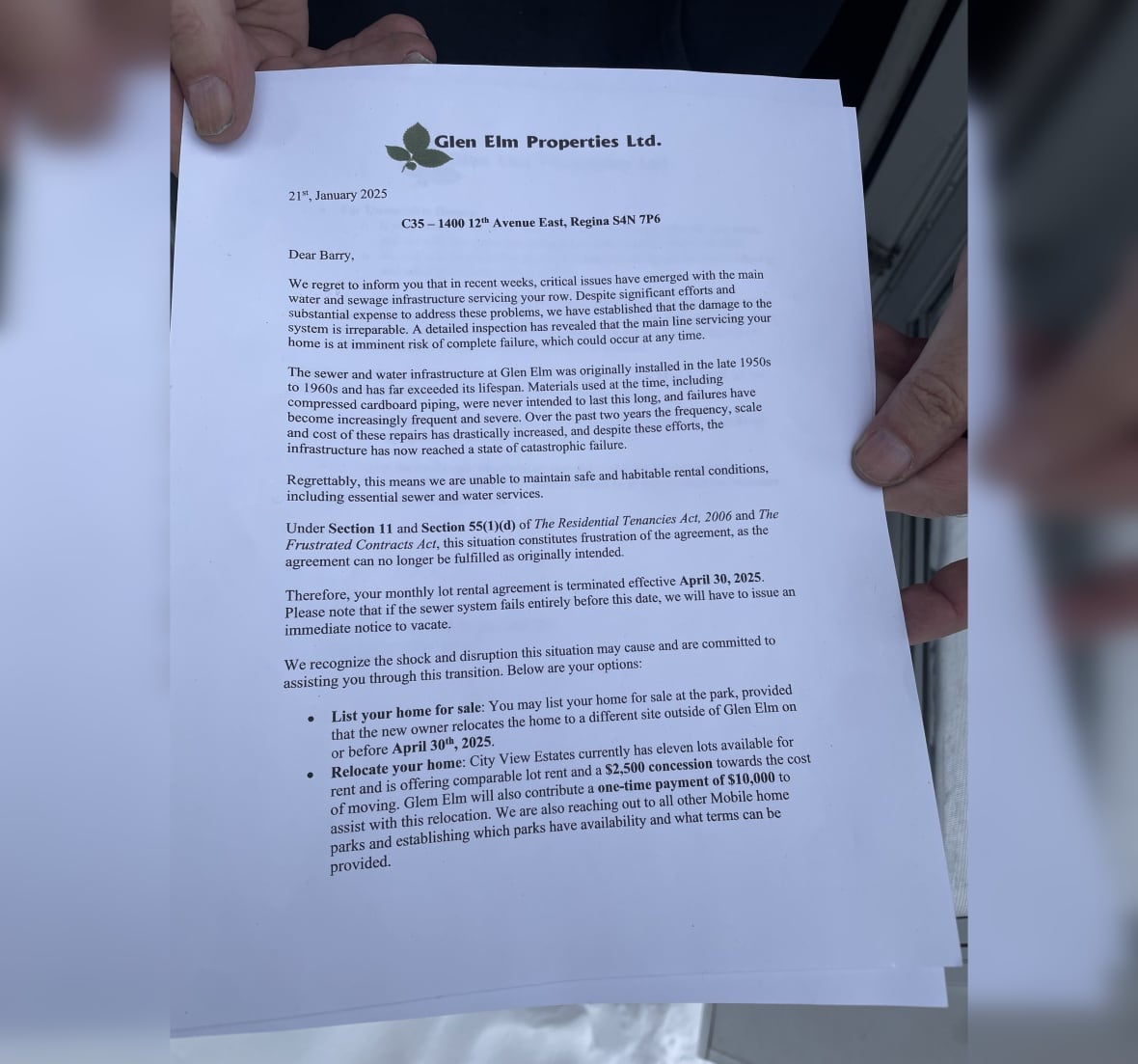
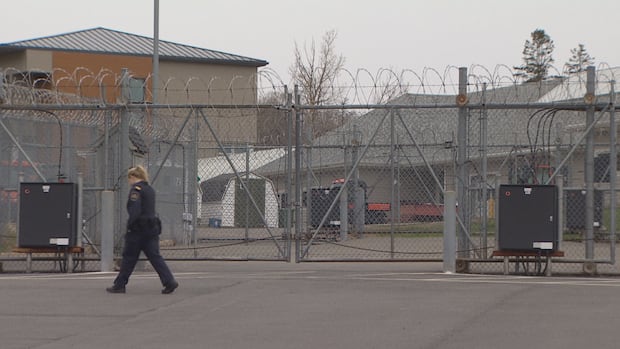

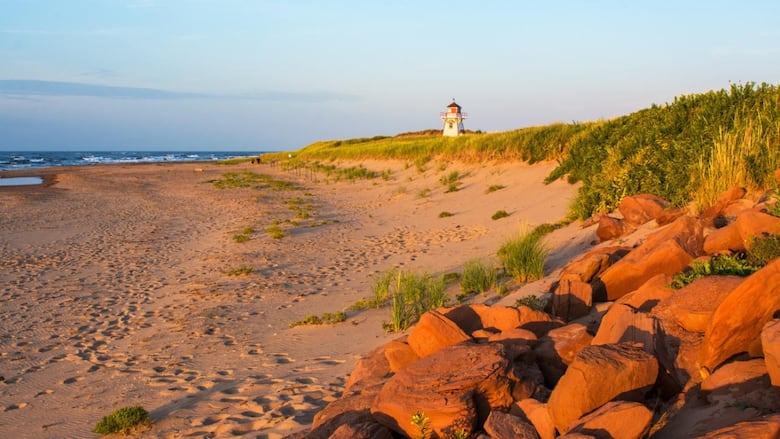
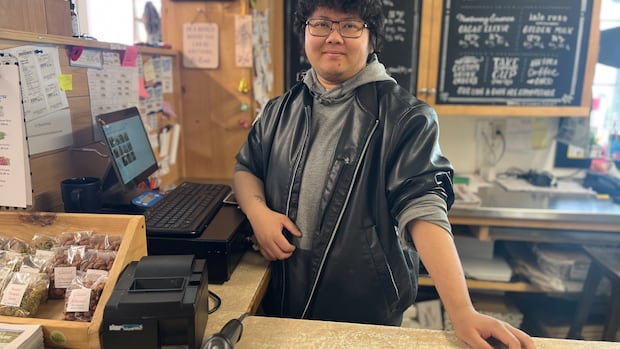




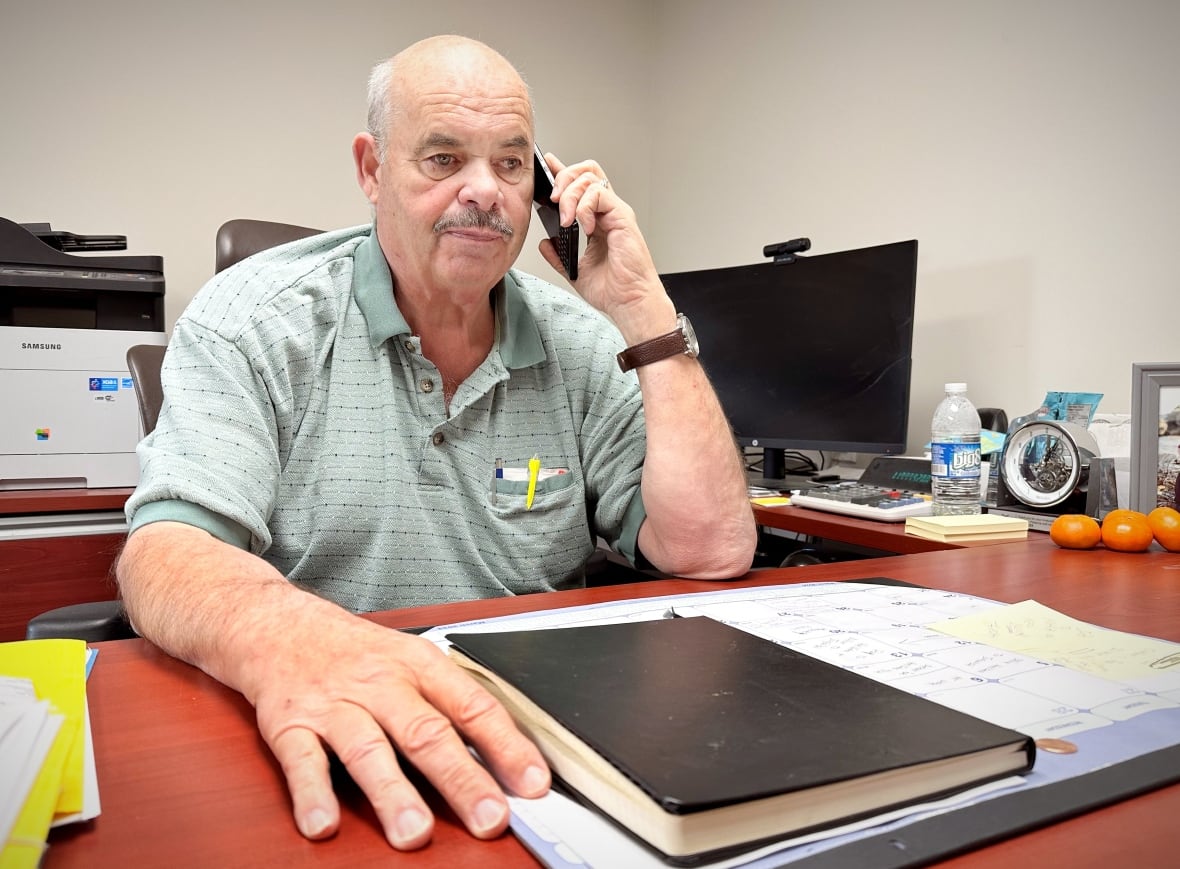
Leave a Reply